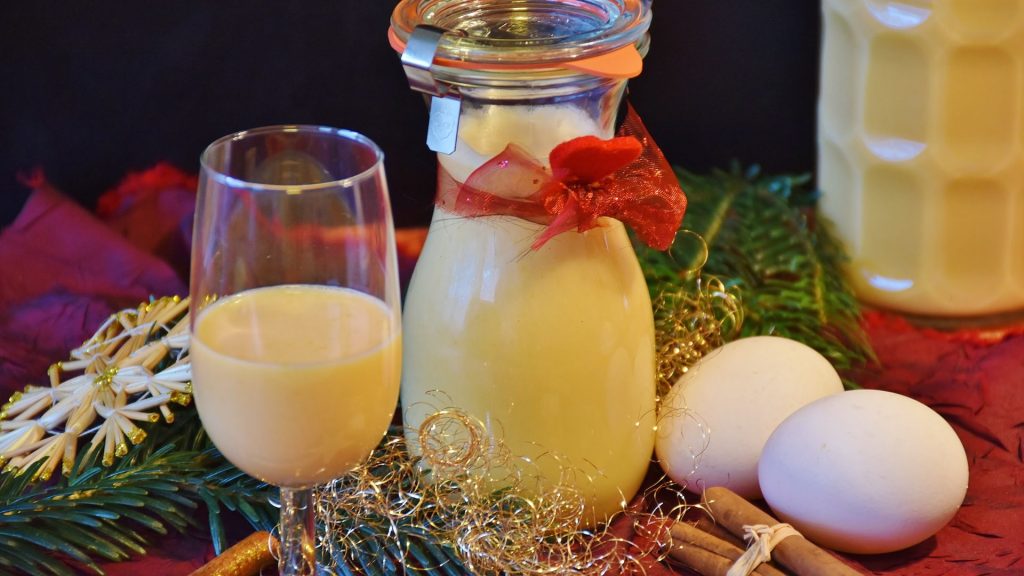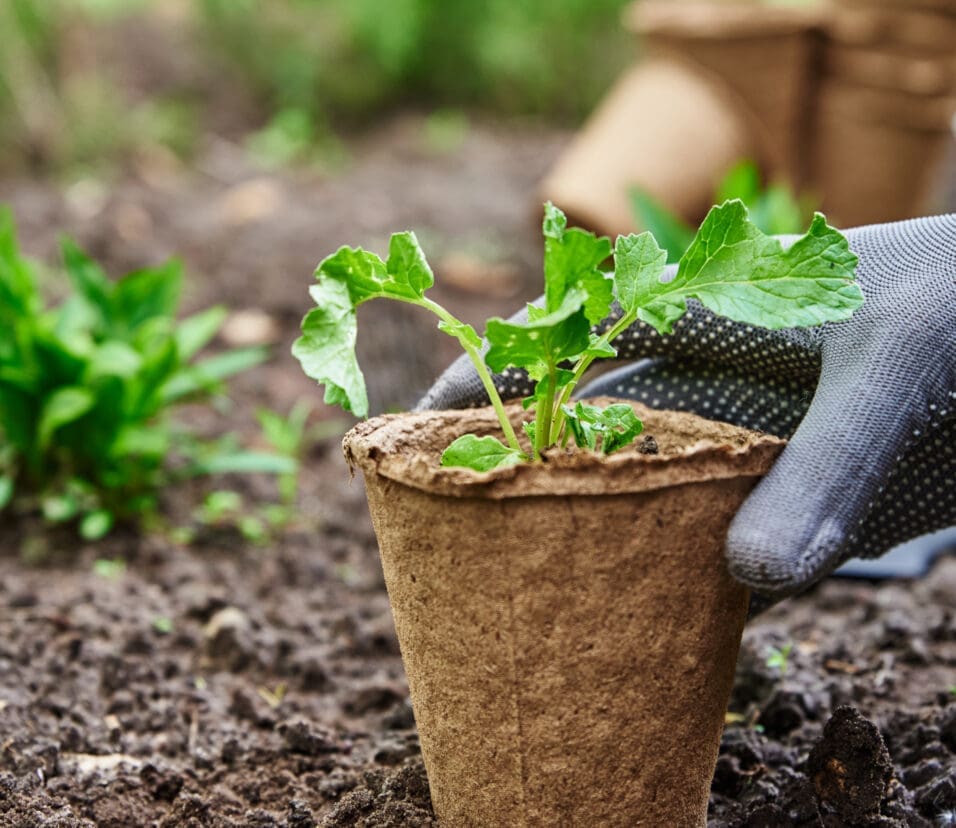Sugar Cane to Rum – A Caribbean Story
The Caribbean is renowned for its sugar and rum production. Let’s explore the history from the earliest days of colonisation to the present.
Sugar cane (a tall grass with sturdy stalks that can grow up to 20 feet tall) was first brought to the Caribbean by Christopher Columbus on his second voyage to the region in 1493. The Spaniards began growing sugar cane on a large scale, and by the early 1500s, sugar plantations were established on the islands of Hispaniola and Cuba. At first, sugar was a luxury item only affordable by the wealthy, but as production increased, it became more widely available. By the 1600s, sugar had become an important part of the Caribbean economy.
In 1655, the British captured Jamaica from the Spanish. They quickly began developing sugar plantations on the island, using slave labour to grow and harvest the cane. The British also began producing rum on a large scale, using molasses (a by-product of sugar production) as the main ingredient. Rum soon became one of Britain’s most popular export products.
Today, sugar and rum are still important components of the Caribbean economy.
How Sugar Cane is Harvested
It takes approximately 12 months for sugar cane to reach maturity and be ready for harvest. Harvesting can be done in two ways:

- By Hand
Before sugar cane can be harvested, the fields must be prepared. This involves ploughing the soil and removing any debris that might impede the harvest process. Once the field is ready, the sugar cane stalks are cut down using a large knife or machete. Care must be taken to avoid cutting into the precious sugar bearing juice inside the stalks. Once the stalks have been cut, they are gathered and transported to the mill for processing.
- Machinery
Cane harvesters are large machines that are used to cut sugar cane in commercial plantations. As the machine drives up to the cane stalks, a large blade protruding from the front of the machine cuts the cane at ground level. The blades are positioned in a specific way to cut multiple stalks at once. After the cane has been cut, it is gathered into a large container on the back of the machine. The container which holds up to several tons of cane, is then transported to the processing plant. These machines are designed to work quickly and efficiently, cutting and gathering large quantities of sugar cane in a single day.
How Sugar is Made
After harvesting, the cane is transported to the mill, where it is crushed to extract the juice. The juice is then boiled to evaporate the water, leaving behind a thick syrup known as molasses. The molasses is centrifuged to separate the impurities, leaving behind a purer form of sugar known as raw sugar. Afterwards, the raw sugar is transported to a refinery, where it is further processed to remove any remaining impurities. From this final process, refined sugar is birthed, which is then packaged and shipped for consumption.
How Rum is Made
Rum is so entwined with the history and culture of the region that it’s hard to imagine the two apart. But have you ever wondered how this iconic spirit is made? Let’s explore the process of rum production from start to finish.
- Raw Materials
Once the sugar cane is harvested, it must be crushed to extract the juice or molasses. This is done using a roller mill or a set of starter knives. The cane juice or molasses is then strained and clarified using lime to remove impurities.
- Fermentation
During fermentation, yeast converts the sugars in the cane juice or molasses into alcohol. This process usually takes about 48 hours and results in what’s known as “distiller’s beer.”
- Distillation
During distillation, the alcohol vapours are separated from the water using a still. The type of still used depends on the desired outcome; for example, pot stills are often used to produce premium rums while column stills are more commonly used to produce mass-market rums.
After distillation, the remaining clear liquid is known as “rum,” but it’s not quite ready to drink yet. At this point, it must be aged in oak barrels – a process that can take anywhere from one year to decades, depending on the style of rum being produced.
- Blending and Bottling
Once aging is complete, the rum is ready to be blended (if necessary) and bottled. Blending allows producers to create rums with consistent flavours from batch to batch. Some rums may also be filtered or diluted with water before bottling. Finally, the rum is ready to enjoy!
So there you have it – a behind-the-scenes look at how rum is made in the Caribbean!
The Different Types of Rum
If you’re thinking about stocking up on rum, it’s important to know a bit about the different types that are produced. From white rum to dark rum, there is a wide variety of options to choose from.
Here is a brief overview of the different types of rum that are produced in the Caribbean:
- White Rum
White rum is the lightest type of rum. It is typically made from sugar cane juice or molasses and is distilled until it reaches a high proof. White rum is typically clear in colour and has a light, crisp flavour. It is often used in cocktails such as daiquiris and mojitos.
- Gold Rum
Gold rum is a type of aged rum. It is made from sugar cane juice or molasses and is distilled until it reaches a high proof. Gold rum is then aged in oak barrels for a period of time, which gives it its distinct golden colour. It has a smooth, mellow flavour and is often used in cocktails such as piña coladas and mai tais.
- Dark Rum
Dark rum is the heaviest type of rum. It is made from molasses and is distilled until it reaches a high proof. Dark rum is then aged in oak barrels for a period of time, which gives it its distinct dark colour. Dark rum has a rich, full-bodied flavour and is typically used for sipping or drinking straight.
- Spiced Rum
Spiced rum is a type of flavoured rum. It is made from sugar cane juice or molasses and is distilled until it reaches a high proof. Spiced rum is then flavoured with spices such as cinnamon, nutmeg, and cloves. It has a warm, spicy flavour and is often used in cocktails such as mulled wine and eggnog.
There are many different types of rum that are produced in the Caribbean, with these four being among the most popular.
The Role of Rum
In addition to being a popular drink in the Caribbean, rum is also used in many traditional dishes. For example, it is often added to sauces and marinades to add flavour. Rum is a popular ingredient in desserts, such as rum cake and rum pudding. Its distinct taste provides a unique depth of flavour to these dishes.
Rum also plays a significant role in tourism as many tourists visit the Caribbean specifically to tour rum distilleries and enjoy the local cuisine. As a result, it is very essential for the culture and economy of the Caribbean.
The Benefits of Sugar and Rum
Sugar and rum have been used in many cultures for centuries, not only as sweeteners and flavouring agents, but also for their medicinal properties. Sugar is a natural source of carbohydrates, which are essential for the body’s energy levels. Rum is also a good source of antioxidants, which can help to protect cells from damage. In addition, they have both been shown to have antibacterial and antifungal properties. As a result, they are very helpful in preventing and treating infections. Furthermore, they help to promote healthy digestion by stimulating the production of digestive enzymes.
Although moderate consumption of rum is permissible, it’s important to be mindful of avoiding abuse which can lead to addiction.
The history of sugar and rum is indeed a long and storied one. Though their origins are different, they have remained intertwined throughout history. Sugar and rum are two commodities that have been enjoyed by people all over the world for ages, and while their popularity may wax and wane from time to time, they will always remain a part of Caribbean culture.







